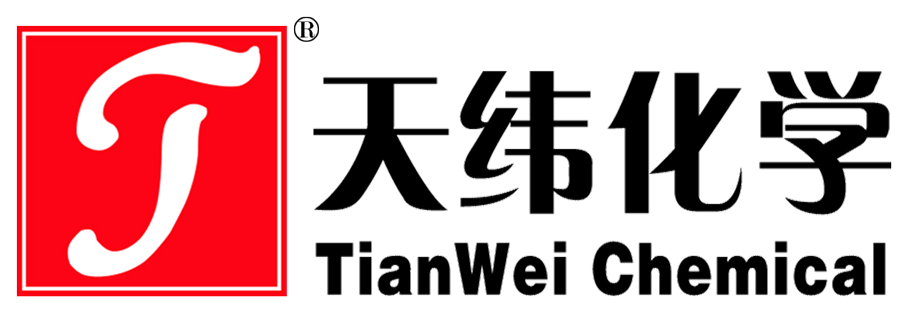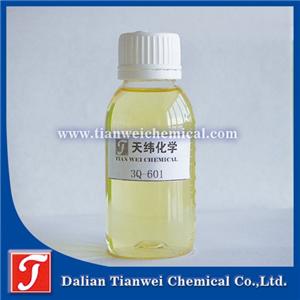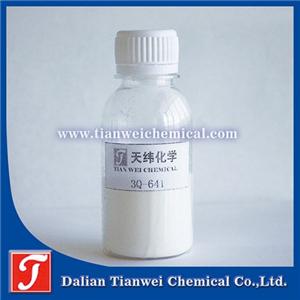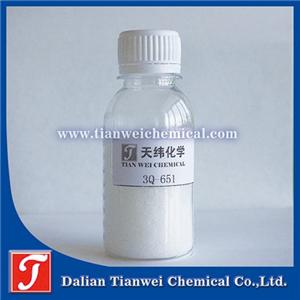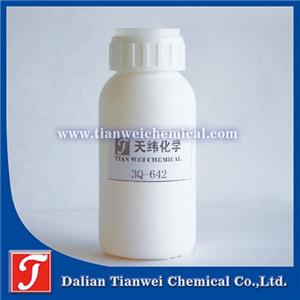Classification of antibacterial agents for polypropylene (PP) plastic
Polypropylene (PP), as an important general-purpose plastic, features excellent mechanical properties, electrical insulation, thermal stability and processing performance, and is widely used in numerous fields such as household appliances, decorative building materials and daily textiles. However, polypropylene materials are prone to bacterial contamination during use, which not only affects the service life and appearance quality of the products, but also may pose a threat to people's health. To address this issue, polypropylene plastic antibacterial agents have endowed polypropylene materials with antibacterial properties, ushering in a new era of antibacterial materials.
Classification of antibacterial agents for polypropylene plastics
(1) Metal-based antibacterial agents
It is mainly composed of metal ions such as silver, copper and zinc or metal oxides. This type of antibacterial agent has the advantages of broad-spectrum antibacterial, strong bactericidal power and high temperature resistance, but the preparation process is relatively complex, and metal ions may have certain limitations during use. For instance, silver ion antibacterial agents have an antibacterial ability second only to mercury, are safe and non-toxic, and have good heat resistance. They have been widely used in commercial products.
(2) Organic antibacterial agents
Including synthetic antibacterial organic substances, they can be classified into low-molecular-weight and high-molecular-weight antibacterial agents. Low-molecular-weight organic antibacterial agents such as alcohols, pyridines, biguanides, phenols and quaternary ammonium salts, etc. Polymer organic antibacterial agents are mainly obtained by introducing antibacterial functional groups through methods such as homopolymerization, copolymerization or grafting. Organic antibacterial agents are relatively inexpensive and have a certain specific inhibitory effect on the growth of microorganisms. They have a fast sterilization speed, but they are not heat-resistant, prone to volatilization and decomposition, and also have certain toxicity.
(3) Natural antibacterial agents
Most of them are extracted from animals and plants or produced by microbial metabolism, such as plant essential oils, chitosan, chitin and lactococcus peptides, etc. Natural antibacterial agents have the advantages of high safety, being non-toxic, harmless, pollution-free and abundant in resources. However, they are prone to decomposition and denaturation under high-temperature conditions, and the production technology is not yet mature. At present, large-scale production cannot be achieved.
(4) Compound antibacterial agents
It is composed of two or more different types of antibacterial agents, aiming to combine the advantages of various antibacterial agents to enhance antibacterial performance, dispersibility and compatibility. For instance, composite antibacterial agents such as convex and concave bar soil - nano-silver and nano-zinc oxide doped with silver ions have better antibacterial effects and stability.
The application fields of antibacterial agents for polypropylene plastics
(1) Medical and health care field
It can be used to manufacture wound dressings, surgical patches, medical non-woven fabrics and surgical sutures, etc. These antibacterial products can effectively reduce the risk of infection and ensure the health and safety of patients.
(II) Textile field
It is used for manufacturing sportswear, bedding, industrial ropes, etc. Textiles with antibacterial agents added to polypropylene plastic can inhibit bacterial growth, reduce the generation of odors, and improve the comfort and hygiene of wearing.
(3) Packaging materials field
It can inhibit bacterial growth and can be used to manufacture packaging for food and daily necessities. In food packaging, polypropylene plastic antibacterial agents can extend the shelf life of food, ensuring its safety and freshness.
(4) Home Appliance field
The use of polypropylene plastic antibacterial agents in the shells and components of household appliances can improve the hygiene level of the products. For instance, the inner linings and outer shells of household appliances such as refrigerators and washing machines are made of antibacterial polypropylene materials, which can effectively reduce the spread of bacteria.
Polypropylene plastic antibacterial agent, as an important functional additive, endows polypropylene materials with antibacterial properties and has been widely used in many fields. With the continuous advancement of technology and the growth of market demand, the field of polypropylene plastic antibacterial agents will embrace a broader development prospect.
